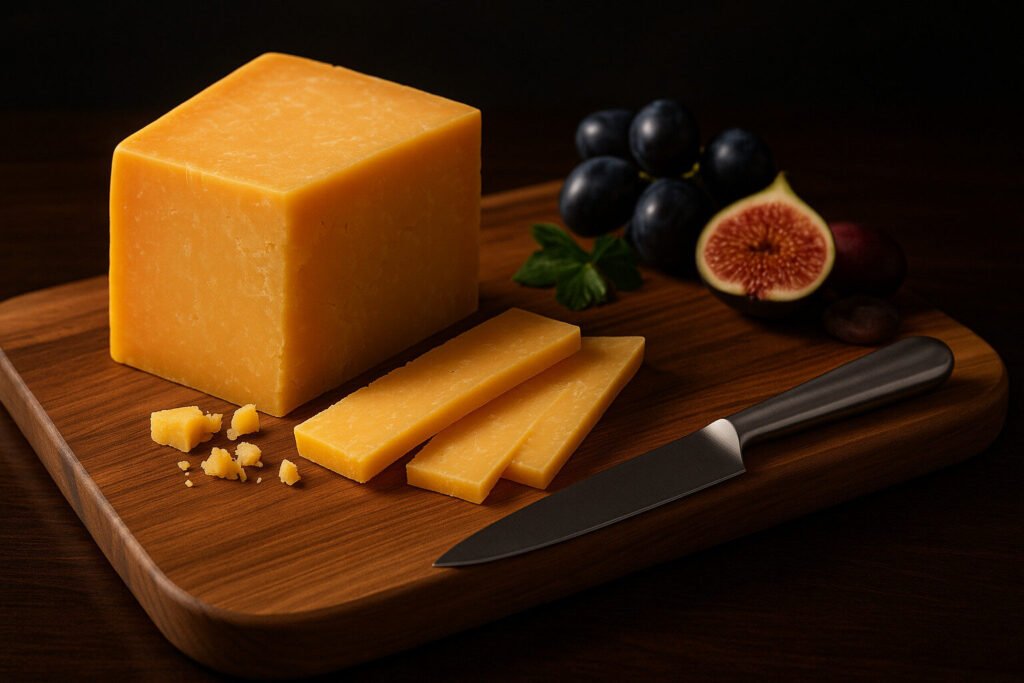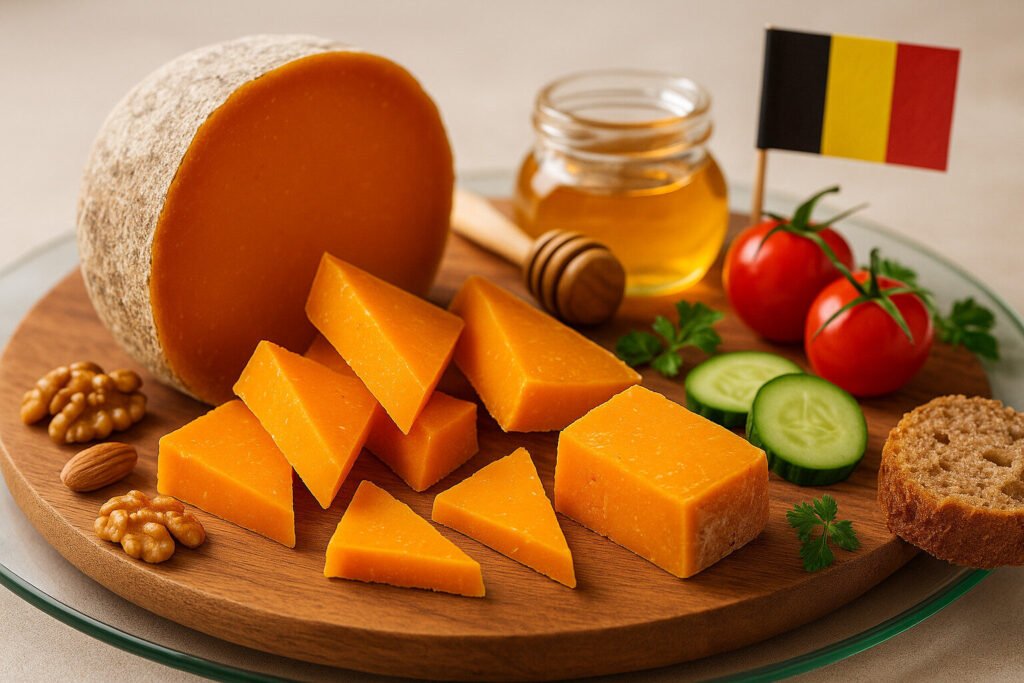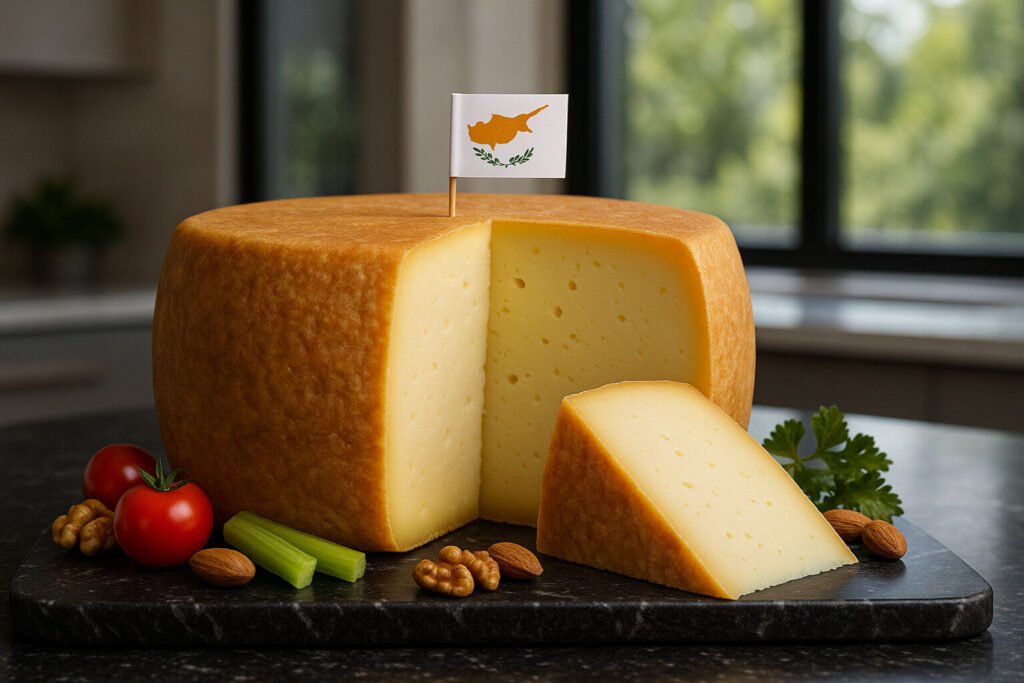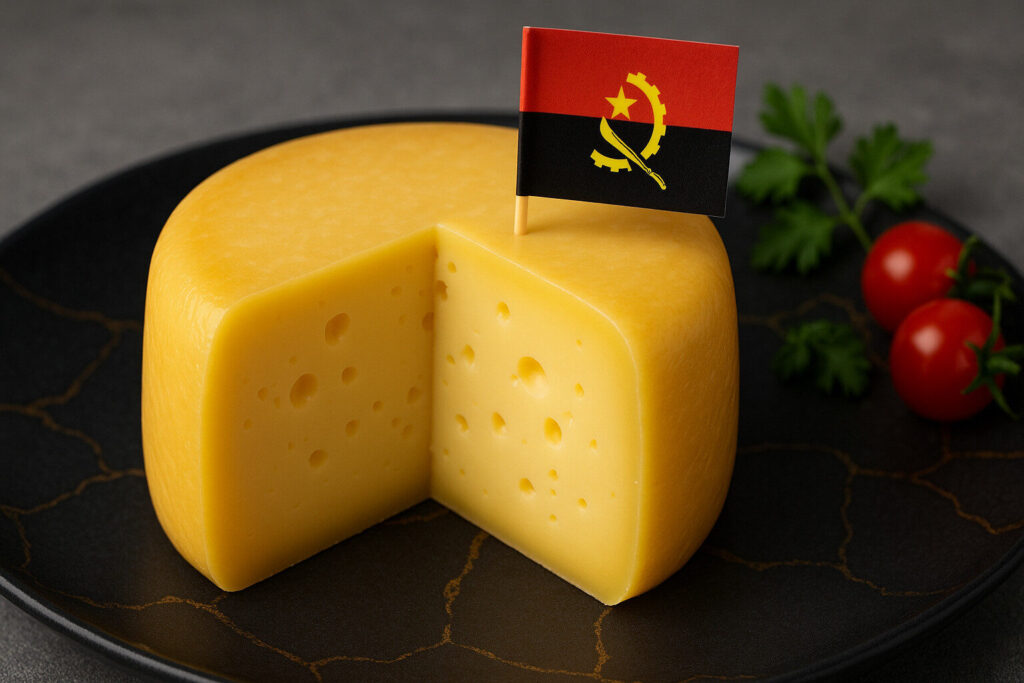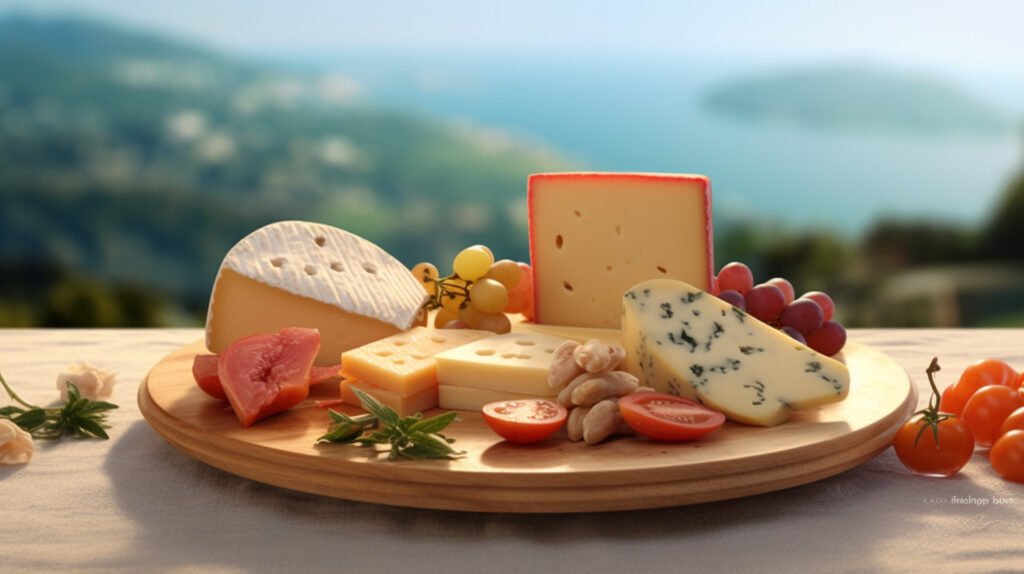Crystalline Cheese
Definition and Scope
Crystalline cheeses are defined by their distinct crunchy texture, resulting from amino acid clusters formed during extended aging. This category includes hard, aged cheeses where proteins break down and recrystallize over months or years. The crystalline quality is a deliberate textural feature, not a defect, and it develops under controlled humidity and temperature conditions.
These cheeses fall primarily within the grana and hard aged styles, such as Parmigiano-Reggiano and certain Goudas. The scope is limited to cheeses aged typically for over 12 months, where moisture content drops sufficiently for crystal formation. This textural attribute is a key differentiator in cheese classification, separating them from softer, younger varieties.
Production Process
Producers create crystalline cheeses using high-heat cooking of the curd and intensive pressing to expel whey. The cheeses are then brined and moved to aging rooms with specific humidity levels around 80-85%. This environment promotes slow dehydration and protein breakdown, which are essential for crystal development over the long aging period.
Aging lasts from one to three years, during which tyrosine and calcium lactate crystals form. Cheesemakers regularly turn and brush the rinds to ensure even moisture loss and prevent mold. The extended aging transforms the paste, concentrating flavors and creating the signature crunchy texture that defines this cheese style.
Sensory Profile
Crystalline cheeses offer a complex flavor profile with pronounced nutty, caramel, and umami notes. Their texture is firm yet brittle, shattering into crystalline shards when cut. The crunch provides a satisfying mouthfeel contrast to the dense, granular paste, which dissolves slowly on the palate.
Aromas range from buttery and toasted to fruity and savory, depending on the milk type and aging duration. The crystals themselves contribute a subtle salty-sweet sensation that enhances the overall tasting experience. This combination of intense flavor and unique texture makes these cheeses particularly memorable.
Culinary Uses
In cooking, crystalline cheeses are prized for their ability to maintain structural integrity when grated or shaved over hot dishes. They are essential in Italian cuisine for finishing pasta, risotto, and soups, where their granular texture adds complexity. Their low moisture content prevents them from melting into a smooth consistency, instead creating flavorful pockets.
These cheeses also serve well on cheese boards, paired with honey, dried fruits, and full-bodied wines. Their robust flavor stands up to strong accompaniments like balsamic glaze and nuts. Chefs value them for adding both texture and deep savory notes to salads and baked dishes.
Regional Examples
Italy produces the most famous crystalline cheeses, particularly Parmigiano-Reggiano from Emilia-Romagna and Grana Padano from the Po Valley. These cheeses are protected by PDO status, requiring specific production methods and geographic origin. Their aging periods of 24-36 months produce abundant tyrosine crystals throughout the paste.
Other notable examples include aged Gouda from the Netherlands, which develops calcium lactate crystals, and Swiss Sbrinz. American artisanal producers also create crystalline styles using traditional methods with local milk. Each region’s terroir and techniques influence the crystal size, distribution, and flavor intensity in the final product.

